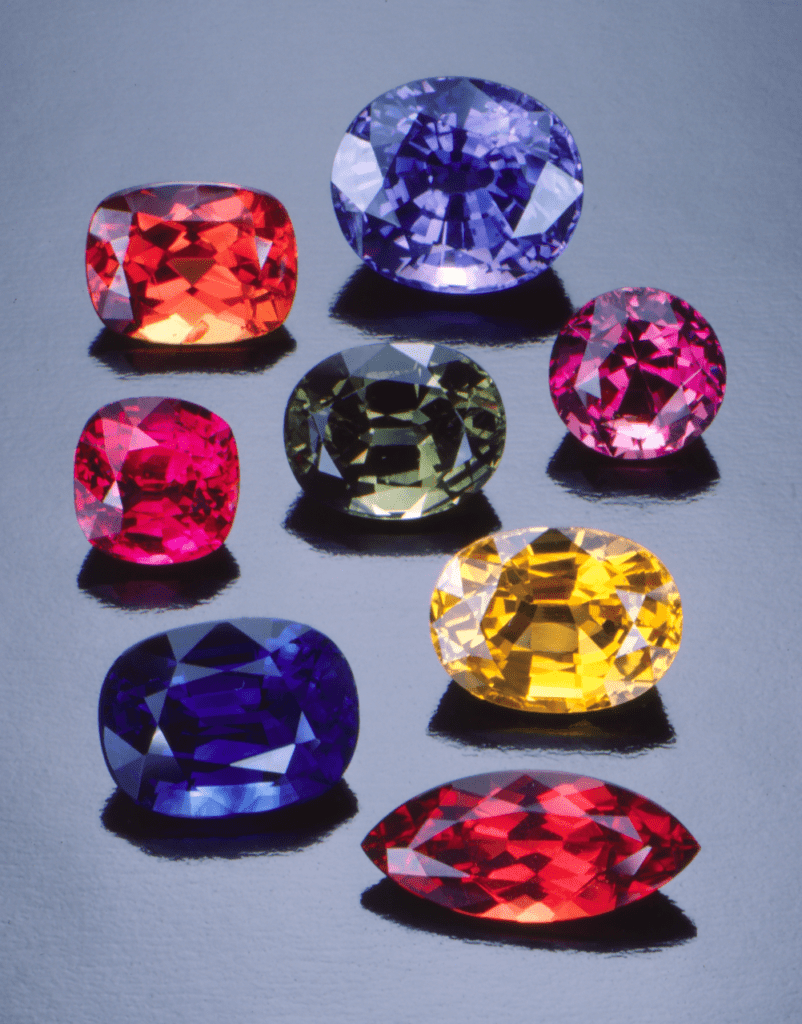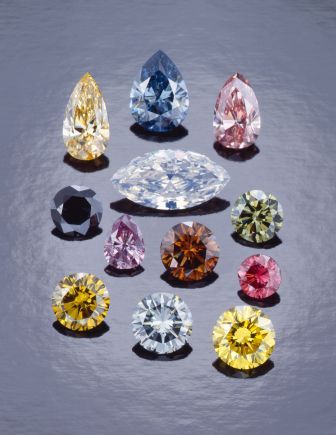
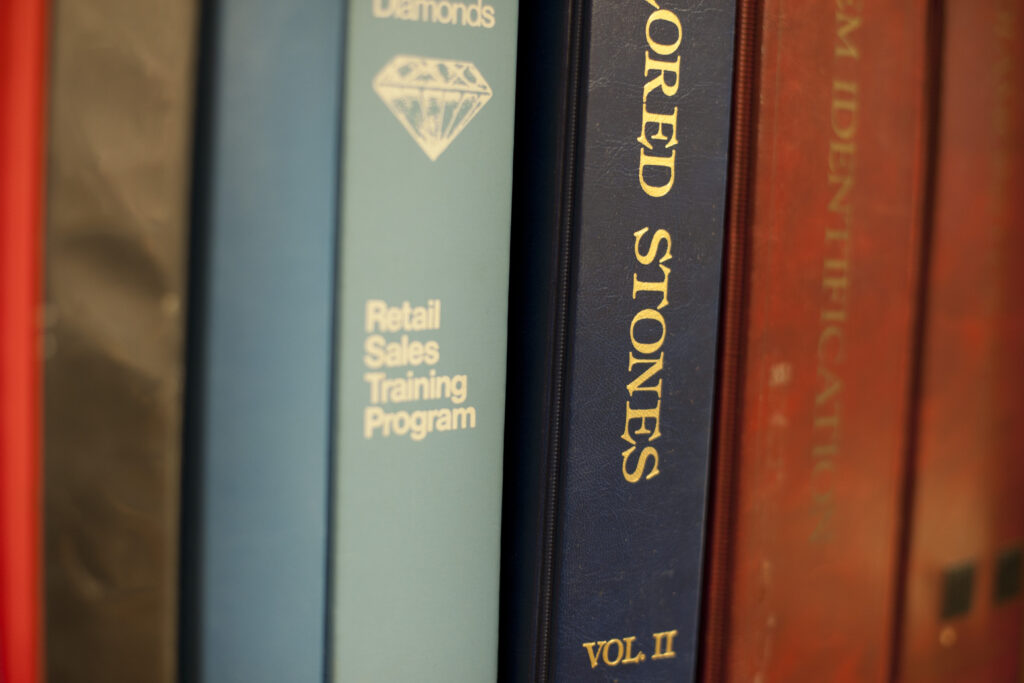




Photo Courtesy Peter Grumitt
Gemology is the study of Gemstones.
The science of gemology is geology and mineralogy; it deals specifically with minerals, rocks and organic materials that possess certain key attributes allowing them to be categorized as gemstones.
This collective term encompasses ornamental stones that not only possess beauty, rarity and durability but also stones where there is a certain level of demand, traditional or cultural significance and of course portability.
Six Attributes of a Gemstone
Beauty
Rarity
Durability
Demand
Tradition
Portability
Beauty
Specifically, gemology deals with minerals and rocks that are worn for personal adornment; therefore, beauty must be considered a key ingredient.
Rarity
While the beauty of a gemstone is of the utmost importance, the rarity of a gemstone is also a major factor that we must consider. This not only encompasses the availability of a gemstone (natural blue diamond), but also its size availability (alexandrite).
Durability
The durability of a gemstone is also a significant factor since for the most part, gemstones are worn for personal adornment. While it is true that certain gemstones such as emerald, opal, pearl, and tanzanite have a somewhat delicate nature and require special care and attention, the vast majority of gemstones possess sufficient hardness and toughness to be worn on a daily basis.
Demand
While many gemstones possess beauty, rarity and durability, without consumer demand, it would not be economically viable to bring them to the marketplace.
Gemstones have three basic origins:
Inorganic: Minerals.
Organic: Formed from living organisms.
Man-made: Formed in a laboratory environment..
While many gemstones possess beauty, rarity and durability, without consumer demand, it would not be economically viable to bring them to the marketplace.
Gemstones have three basic origins:
Inorganic: Minerals.
Organic: Formed from living organisms.
Man-made: Formed in a laboratory environment..
From what are minerals actually made?
All known chemical matter consists of elements. The eight most common elements (with their chemical symbols) found in the Earth’s crust are: aluminum (Al), calcium (Ca), iron (Fe), magnesium (Mg), oxygen (O), potassium (K), silicon (Si) and sodium (Na). Minerals range in chemical composition from a few pure elements and simple salts to thousands of complex silicates and other compounds.
An element is a single, chemically pure substance consisting of one type of atom. It is distinguished by its atomic number, which is the number of protons in its nucleus. In gemology we are also concerned with valiancy (the number of electrons in the outer atomic orbital or cloud), ionic and covalent bonding between atoms, and how these impact on the durability of gemstones.
GEMSTONES EDUCATION BY EDUCATORS
HISTORY OF DIAMONDS

Throughout history, diamonds have held an eminent position not just in the hierarchy of gemstones but in society in general.
Known as the ‘King of Gems’, they were revered for their exceptional powers and miraculous abilities. Considered a symbol of purity, innocence, perfection, invincibility, force and authority, they were worn as an amulet to protect against fire, water, snakes, thievery, illness, predatory animals, sorcery, evil spells, negative influences, fear, and poison.
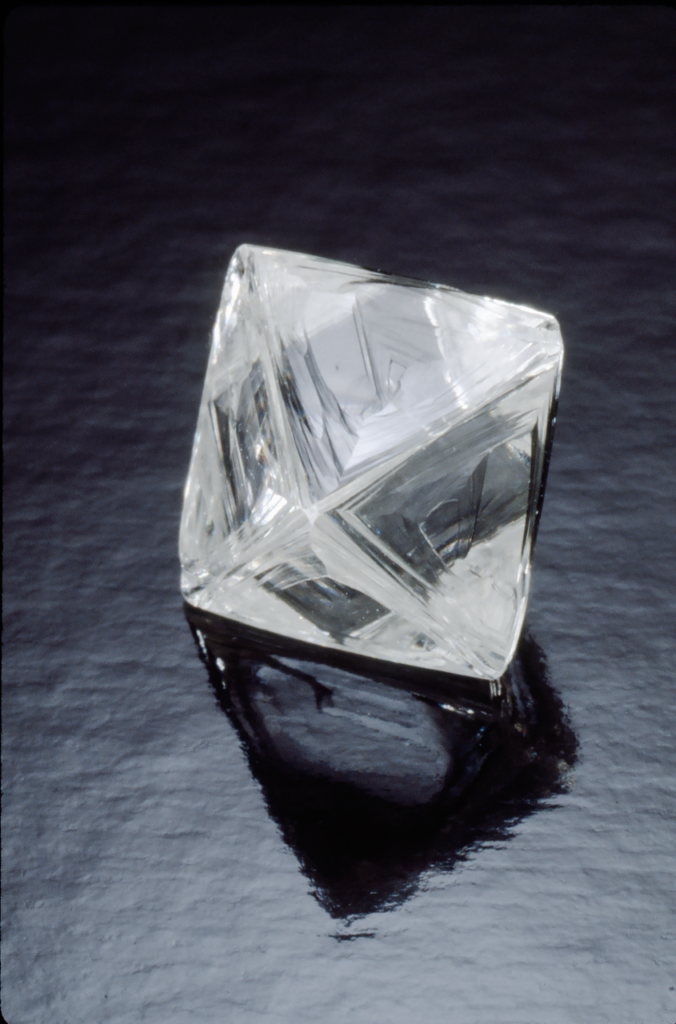
The ancient Hindus believed the vibrational resonance carried within the micro-molecular structures of a pure diamond had a powerful healing affect upon the crown and heart chakras, strengthening the brain and the heart of the wearer and improving one’s memory. Miraculous healing powers were attributed to diamonds; the ability to fight severe depression, prevent apoplexy, reduce fevers, fight infections, cure skin diseases, reduce physical tiredness, and invigorate the metabolism.
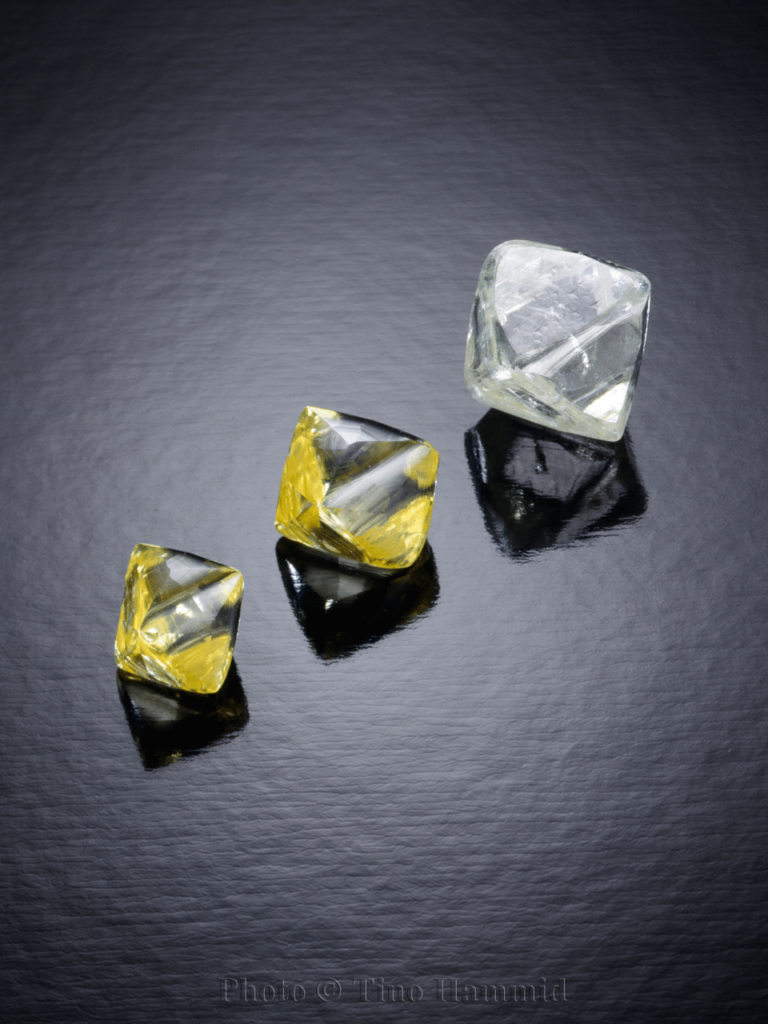
Photos by Tino Hamid
The Ancient Greeks named them ‘Adamas’ meaning invincible or indestructible and believed they were the ‘Tears of God’. The Romans, on the other hand, believed they were splintered fragments from stars and that Cupid’s irresistible arrows were diamond tipped.
Jewish high priests used diamonds to determine the innocence or guilt of someone accused of a crime, believing that a diamond would become dull or darkened when held before a guilty person but would glow with increased brilliance if the person were innocent.
Ancient kings wore diamond encrusted leather breastplates in battle believing they empowered them with supernatural powers beyond those of mere mortals and would afford them greater protection.
The Ancient Greeks named them ‘Adamas’ meaning invincible or indestructible and believed they were the ‘Tears of God’. The Romans, on the other hand, believed they were splintered fragments from stars and that Cupid’s irresistible arrows were diamond tipped.
Geology
Diamonds are formed in kimberlite, a mantle-derived magma that originates from the partial melting of the exotic mantle at depths from 100 miles and deeper, and are found in cratonic continental regions occurring as funnel-shaped pipe-like intrusions known as kimberlite pipes (diatremes) and dykes that contain a top layer of weathered kimberlite
Localities
Diamonds have been found in Indonesia, Brazil, Canada, the U.S, Western Australia, South Africa, Zimbabwe, Namibia, Zaire, the Congo, Angola, Ghana, Sierra Leone, West Africa, East Africa, Tanzania, Lesotho, Botswana, Guyana, Bolivia, Venezuela, Russia, China and many other locations around the world.
Pipe Mining
Pipe mining refers to the extraction of diamonds from volcanic pipes and typically involves a very large area requiring an average of 250 tones of mined ore in order to produce a one-carat gem quality polished diamond.
Alluvial Mining
Alluvial mining involves the extraction of diamonds from riverbeds or ocean beaches that have been eroded from the original diamond pipes and transported great distances. Diamonds deposited in the ocean are extracted using specialized dredges while extraction from the beaches requires not only the construction of retaining walls but also the removal of up to 25 metres of sand to reveal the diamond-bearing rocks.
Chemical Composition & Crystal System
Diamonds are composed of crystallized carbon Diamond forms in the cubic crystal system and is typically found as octahedrons in addition to cubes, rhombic dodecahedrons, twins, and plates.
Cause of Color
Color is produced by color centers resulting from either the presence of impurities or through defects in the atomic structure.
Inclusions
Inclusions include graphite, iron ores, hematite, magnetite, garnet, diopside, enstatite, olivine, zircon, diamond crystals, rubies and garnets, transparent inclusions that appear black when light is reflected back from their surface and feathers, or incipient cleavage.
Synthesis of Diamond (Lab-Grown)
Diamonds are currently synthesized using four methods (HPHT, CVD, Detonation & Ultrasonic Cavitation).
Common Treatments & Enhancements
Diamonds are currently irradiated, subjected to high pressure, high temperature (HPHT), fracture-filled to improve the clarity using highly refractive glasses, laser drilled to minimize the appearance of dark inclusions, and coated to improve the color.
History of Gem Cutting
Although it is impossible to date precisely when gem cutting originated.
Initially the techniques were quite crude and often involved the simple fashioning of a stone by rubbing a harder stone against it. However, as time progressed, various techniques were developed that not only lead to the development of the cabochon cut but also intricate carvings using both opaque and transparent gem materials. It was not until the 10th and 11th centuries that gem cutting became more specialized, giving rise to the first faceted gemstones followed by the establishment of the first gem cutters guild in Paris in 1290. A century later, diamond cutting and polishing was documented in Nuremburg, Germany.
The standard round brilliant has 58 facets, 33 on the top (crown) and 25 on the bottom (pavilion)

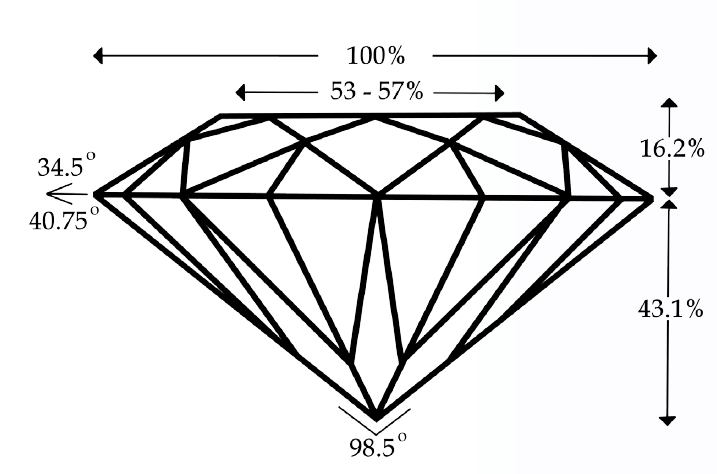
Tolkowsky Ideal Cut
Without question, the most contentious issue in diamond grading is how we assess cut. While color and clarity are subjective, carat weight and cut are not. With high precision scales and advanced computer technology, such as ray-tracing, we are now able to accurately measure the weight of a diamond to three decimal places and detect even the minutest deficiencies in how a diamond has been cut.
The Cutting Process
Cleaving
The bisecting of diamonds by the use of cleaving is performed by the cleaver, who, with the aid of a sharp-edged piece of diamond set in a holder, cuts a small groove or kerf in the cleavage direction. For this operation, the stone is set into a holder, and when the groove has been cut to a sufficient depth, the holder with the diamond is placed in a lead support attached to the bench. A blunt knife is then inserted into the groove with the blade parallel to the cleavage plane. The cleaver will then exact a sharp blow (Figure 3.12) to the back of the blade resulting in the stone splitting into two.
Sawing
A more modern method used to separate diamonds, invented at the start of the 20th century, involves sawing a diamond in two. This can take place in two directions: parallel to the hexahedral planes or parallel to the dodecahedral planes. Unlike cleaving, which is absolutely parallel to a tetrahedral (octahedral) plane, sawing could be relative to the hexahedral and dodecahedral planes. Normally, the sawing process can tolerate a deviation of 15-degrees.
Bruting
The next process is to profile the outline of the diamond shape. For round diamonds, this process is known as bruting, and it is done using a variety of methods. A diamond may be mounted on a lathe, and while it is rotating, a second diamond, attached to a bruting stick, is held against it while resting on a cradle underneath the rotating diamond
Polishing
The polishing operations are typically divided into two groups; one involving the table, pavilion mains and crown mains and the other involving the remaining forty facets.
Interested in Gemology?
To learn more, or to become a gemologist, please visit our website:
We have a global presence taught by some of the most qualified instructors and professors
Jack Ghazalian - Director of Corporate & Career Development USA - American Gem Academy
Sincerely


